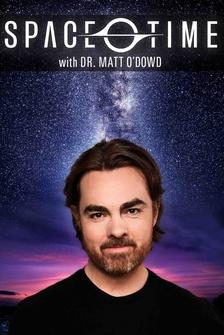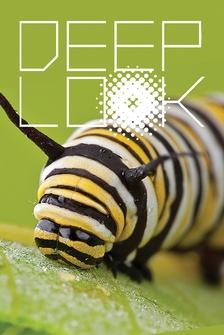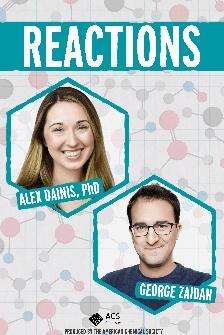- [Narrator] In the town of Lead, a retired gold mine houses the Sanford Underground Research Facility.
Chamkaur Ghag, a professor at University College London, is a founding member of a team of researchers drawn from universities around the world that's on the hunt for dark matter.
- To get down a mile, it takes a bit of time.
(dramatic music) This experiment up on the surface just wouldn't be able to run at all.
It's just far too sensitive.
- [Narrator] After the 10-minute ride down, it's on to a battery-powered locomotive, followed by a brief hike to get to the cavern that holds the lab of the LUX-ZEPLIN, or LZ Detector Experiment.
- The core of the experiment is xenon, it's liquid xenon.
It's xenon gas that's been condensed and we've gotta keep that clean and we've gotta keep it cold, and so much of what we'll see around here is all for that, really, - [Narrator] LZ isn't the only experiment using cooled xenon, but it now leads the pack in sensitivity.
- It's the front runner now and so we're entering discovery territory.
- [Narrator] Direct dark matter detection experiments go back to the 1980s.
Xenon-based experiments, similar in design to LZ, to the 2000s.
So far, all the experiments combined have detected nothing.
- We can see them crashing- - [Narrator] But the process constantly narrows down what dark matter could possibly be.
- Whenever we do see the S1 (indistinct).
(dramatic music)














